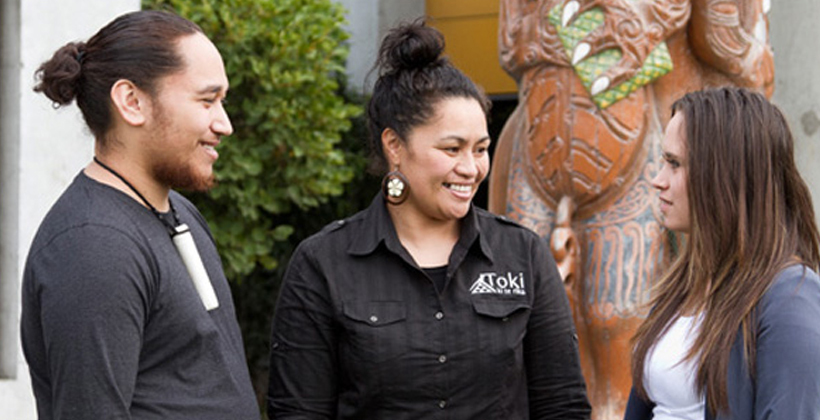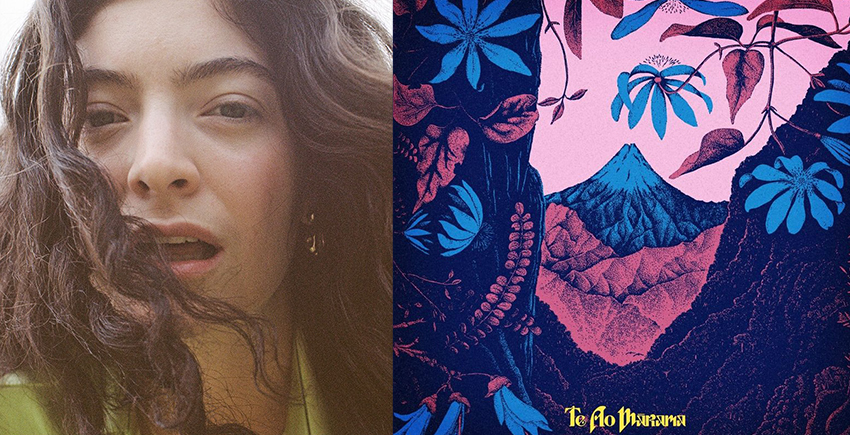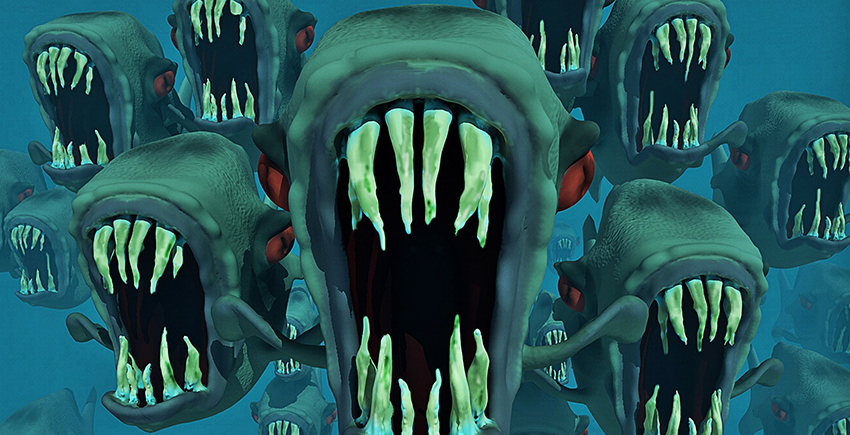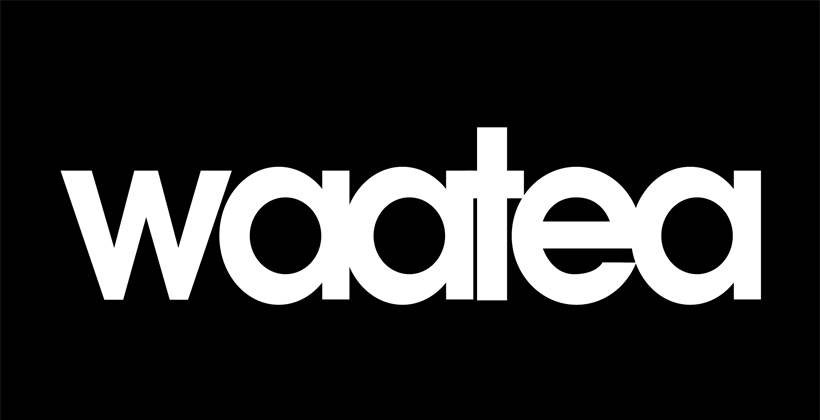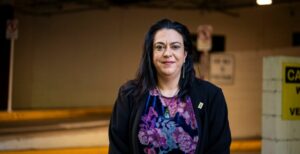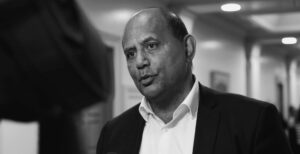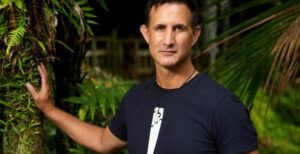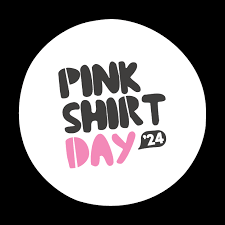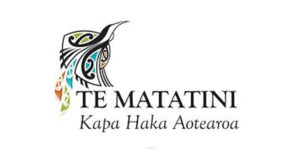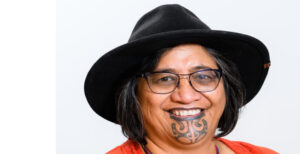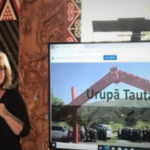December 01, 2021
HE WHAKAARO | OPINION: Doing better by Rangi and Papa when it’s time to go

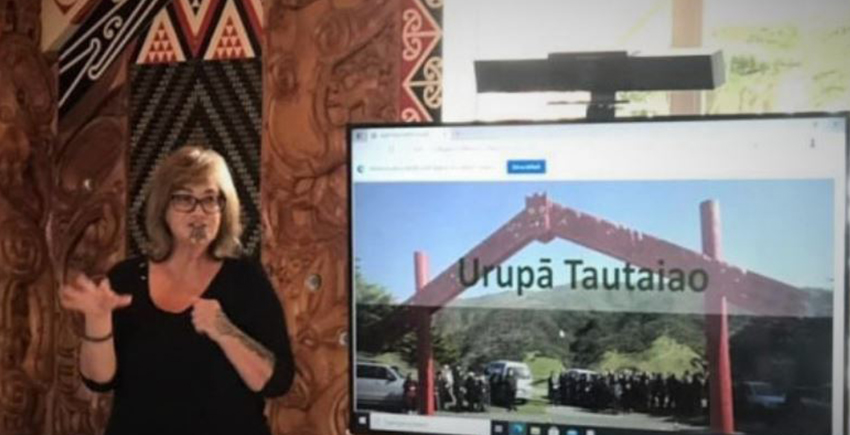
By Atakohu Middleton
Kaiako/Lecturer, Te Wānanga Aronui o Tāmaki Makau Rau/Auckland University of Technology
Increasingly, as I drive around Tāmaki, cemeteries seem strange and out of place to my eyes. Graveyards are now sprawling, like the city itself. It somehow seems obscene when we have a shortage of land for housing and a homelessness crisis.
But I’ve never really understood graveyards anyway. The kōiwi of my whaea, gone 28 years now, lie in a massive public cemetery on Te Raki Pae Whenua. I hardly ever go there, because a headstone in a place I’d never seen before she died doesn’t mean much to me. As I see it, my whaea exists in me; I am her kanohi ora.
E hoa mā, we have swallowed completely an industrialised, western way of dealing with tūpāpaku that is alien to our tikanga: Pumping a body full of solvents, putting it in a man-made product that uses wax, glue and resin, and then poisoning Papatūānuku (via burial) or Ranginui (via cremation). Auē! It’s not good for our primal parents, and the cost of doing so is often prohibitive for whānau.
Our tūpuna had various (environmentally friendly) ways of dealing with tūpāpaku. One method was to wash the tūpāpaku then, for superficial preservation, smear the skin with kōkōwai (ochre) and oil. The body was arranged in a sitting position with the knees tucked under the chin and the arms wrapped around the legs. The crouched body was wrapped in cloaks and other finery.
After the tangi, the tūpāpaku was placed in a cave or tree where the flesh would fall away. The kōiwi would be collected later, scraped and taken to their final, secret resting place.
Times and tikanga change, and now, most of us send our loved ones to a funeral director. However, a lot of people aren’t aware that you can handle everything yourself, with some thought and preparation, as our tūpuna did. (If you’re interested to know how some whānau are taking control of their loved ones’ exits, see the paper by Byron Rangiwai, The Impacts of Contemporary Embalming Practices on Tikanga Māori here).
The law doesn’t require a funeral director or a body to be embalmed. The latter came with business-mined funeral directors from the 1950s on, who promoted the practice as an aesthetic and public-health good. You don’t have to have an expensive coffin, either, and waka tūpāpaku (flax coffins) are increasingly used.
Mōku ake, I like the idea of being buried under a tree without embalming or casket, and that’s why I’m really keen to see the results of a kaupapa Māori research project on natural burials that has just won $800,000 from the government’s Marsden Fund.
AUT researchers Hinematau McNeill (that’s her in the picture), Hannah Buckley and Robert Pouwhare are working with Ngāti Moko (Tapuika iwi), Mitimiti (Te Rarawa) and Te Haparangi, a whānau Trust at Horohoro affiliated to Ngāti Wāhiao (Tūhourangi), to explore people’s openness to adapting pre-colonial death and burial practices for the modern world.
The three-year project aims to test the idea that urupā tautaiao (natural burials) without frills are affordable, culturally empowering, and environmentally sustainable.
The guidelines for natural burials are no embalming; burial at a shallow depth in a layer of active soil (that is, full of microorganisms to aid decomposition); and if there is a shroud or coffin, that it’s made of natural, sustainable materials.
Talking to Radio Waatea recently, Hinematau said, “People, are, on the whole … quite receptive to the idea, also because natural burials, which our ancient practices fall into, are much more affordable. Tangihanga affordability is a huge issue right across all the people we’ve talked to. “
Already, Te Haparangi has set up what is believed to be the first urupā tautaiao in Aotearoa on whānau-owned whenua. So far, only placenta have been buried there, but the designated urupā tautaiao sits within a native tree revegetation project.
I’m really looking forward to seeing where this research leads. It aims to decolonise what have become standard practices around death and disposal and develop ways that avoid environmental damage and better align with tikanga.
We’ll all answer the karanga of Hine-nui-te-pō eventually. Hinematau already knows how she wants to return to Papa: under a tree and standing to save space. “Kaitiakitanga,” she says, “can’t be just lip service for us. It’s looking after Papatūānuku, looking after the environment and doing that in life and death.”
Radio Waatea and its board would like to advise that the opinions posted are those of Atakohu Middleton and not the views of Radio Waatea, its management or its board.

